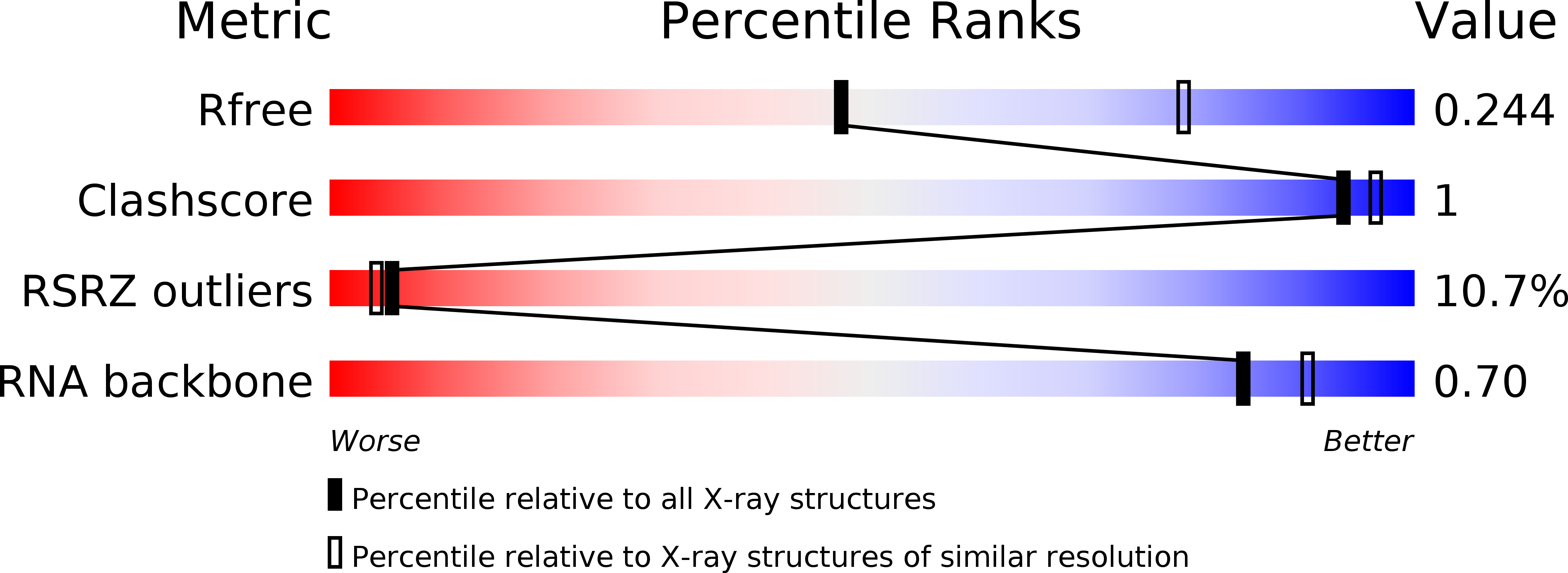
Deposition Date
2013-03-21
Release Date
2013-04-24
Last Version Date
2024-02-28
Entry Detail
Biological Source:
Source Organism:
Method Details:
Experimental Method:
Resolution:
2.67 Å
R-Value Free:
0.24
R-Value Work:
0.20
R-Value Observed:
0.20
Space Group:
C 1 2 1


